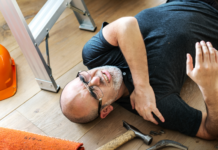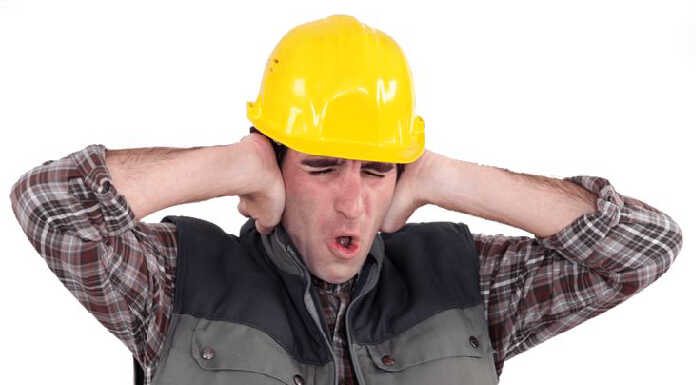My wife will joke around and say that I am a “selective listener,” also known as “selective hearing.” For example, when we are near each other in the kitchen, and she asks me to take out the trash, I might not hear her the first time she asks.
All jokes aside, sometimes I stop and think how much I take my ability to hear for granted. I couldn’t imagine a world where we cannot verbally communicate with each other, and for some, that is the case. The Centers for Disease Control and Prevention states that hearing loss is the third-most common chronic physical condition among adults. Occupational exposures cause about 24 percent of hearing difficulty among U.S. workers.
What is Occupational Hearing Loss?
Occupational Hearing Loss (OHL) is damage to the inner ear from noise or vibrations due to certain types of jobs. Almost all work-related hearing loss is permanent, and it can have a profound impact on quality of life.
OHL can occur when workers are exposed to loud noise during work shifts. Noise is considered loud (hazardous) when it reaches 85 decibels, averaged over eight working hours, or an eight-hour time-weighted average. To put this into perspective, if you need to raise your voice to speak to someone three feet away or an arm’s length, noise levels might be over 85 decibels. If you hear ringing or humming in your ears when you leave work, or if you experience temporary hearing loss when leaving work, then noise may be a problem in your workplace.
Where to begin
The personal noise exposure of employees is measured using a sound level meter, or a noise dosimeter. A competent third party (such as your ICW Group Risk Management Consultant) will attach the noise dosimeter to the employee during their shift. The manufacturer’s instructions for proper use must be followed, and the dosimeter is to be calibrated before and after each measurement. The competent person is responsible for keeping a log detailing tasks performed by the employee, areas visited, and any other important information that can help with understanding results, especially if noise levels are high. The start and stop times of the dosimeters must also be noted. It is also important to talk with the worker and supervisor to ensure conditions during the day of sampling are typical of a normal shift.
Hearing Conservation Program
If the noise exposure is at or above 85 decibels averaged over eight working hours and elimination or substitution cannot be adopted into the existing process, then OSHA requires employers to implement a hearing conservation program.
Hearing conservation programs strive to:
- Prevent initial occupational hearing loss
- Preserve and protect remaining hearing
- Equip workers with the knowledge and hearing protection devices necessary to safeguard themselves
- Employers are required to measure noise levels, provide free annual hearing exams, hearing protection and training, and conduct evaluations of the adequacy of the hearing protectors in use
The hierarchy of controls is a way of determining which actions will best control exposures.
- Elimination – The preferred approach would be to eliminate the source of the hazardous noise. Can you do the work in some other, quieter way?
- Substitution – Replace the hazard. Are you able to buy quiet equipment/tools to replace the existing ones?
- Engineering controls – Engineering controls require physical changes to the workplace, such as redesigning equipment to eliminate noise sources and constructing barriers that prevent noise from reaching a worker.
- Administrative controls – If engineering controls are not feasible, employers can explore potential administrative controls, such as scheduling that will minimize exposure, and providing quiet and convenient lunch and break areas.
- Personal Protective Equipment – When all options for eliminating or reducing the noise at the source are exhausted, hearing protection devices such as earplugs or earmuffs should be made available to workers, at no cost, to sufficiently attenuate noise so that their “real-world” exposure is below 85 dBA as an 8-hour time-weighted average (TWA).
Here are three tips for choosing the proper hearing protector
- Know how much noise reduction you need: make sure to choose a hearing protector that will block enough noise to reduce your exposure to a safe level.
- Think about your worksite and job tasks: do you have to wear other head-level Personal Protective Equipment (PPE), such as eye protection, a hard hat, or a respirator? Do you stay in the same place for most of the workday, or move from one area to another?
- Decide what is most comfortable and convenient: hearing protection only works if you wear it consistently and correctly every time you are exposed to hazardous noise, so choose a comfortable and convenient protector.
If you have any questions or need assistance with creating a hearing conservation program or assessing the noise levels within your operations, please contact ICW Group’s Risk Management Services, and we will be happy to assist you.

















